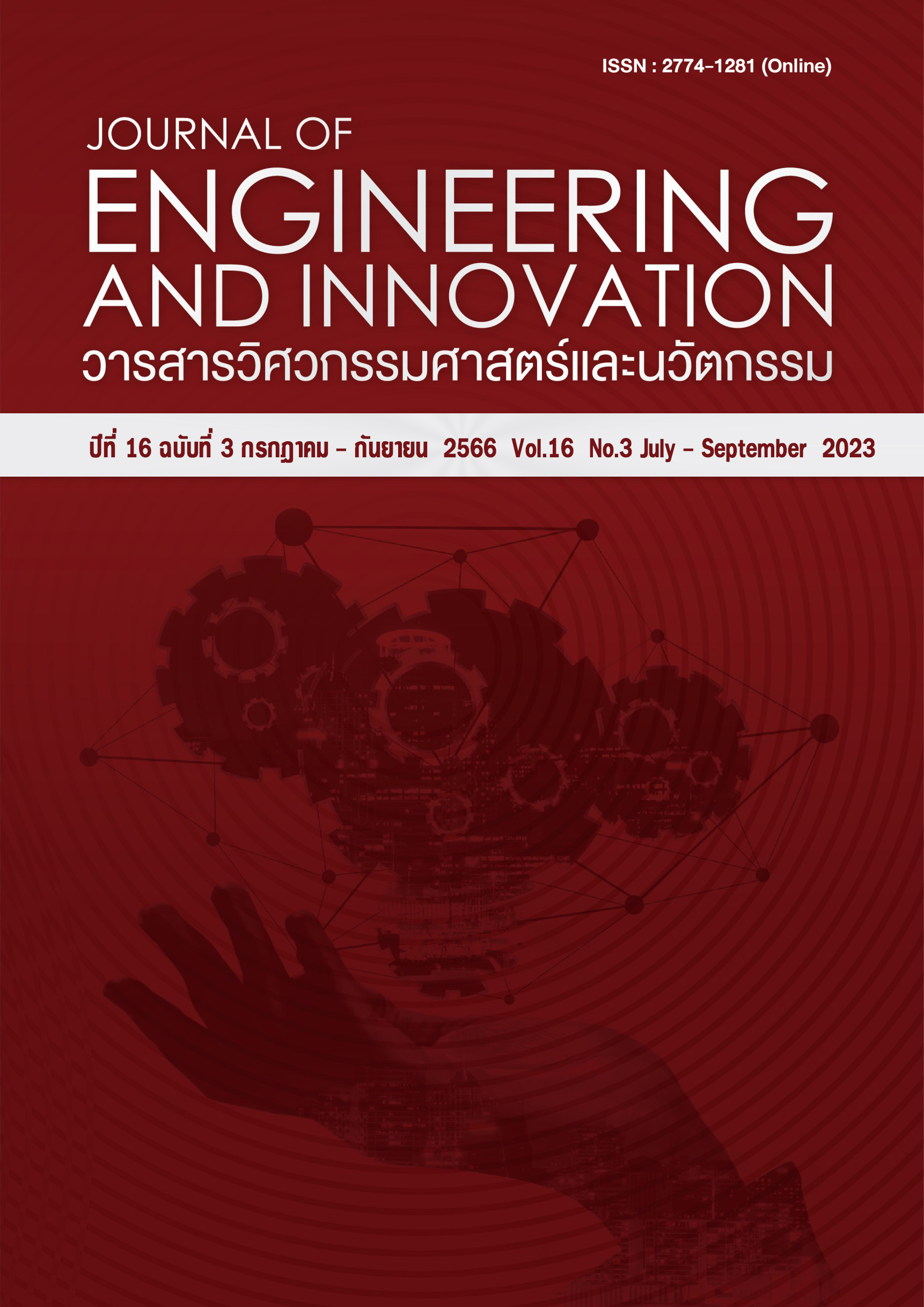Selection and Evaluation of Suppliers Using Analysis Hierarchy Process: A Case Study of a Retail Company in Chiang Mai
Main Article Content
Abstract
This study aims to evaluate the supplier performance of goods delivery to a retail company in Chiang Mai by the Analysis Hierarchy Process. The evaluation factors are defined. This is to inform the company and its suppliers about the best performance under defined factors as well as the factors affecting the delivery the most. The evaluation factors are developed from theories and previous studies. A questionnaire regarding those factors is designed and then sent to the assessors: the company case study, specialists and its suppliers for evaluation. Significant evaluation factors based on the assessors' perspectives and the best performance of suppliers are shown. The study suggests that the Analysis Hierarchy Process is an appropriate evaluation method. Such a method is a hierarchical approach mitigating bias in decision making. The result is in line with the Consistency Ratio for the reliability of the evaluation. The evaluation results demonstrate the six primary factors and 12 secondary factors. The factors affecting the supplier delivery performance the most are cost in the primary factor and discount in the secondary factor, respectively. According to the supplier evaluation, a company case study finds supplier E has the best performance, whereas specialists suggest supplier B is the best. In terms of supplier self-assessment, supplier I reveals the best performance. When weighted average by the importance of the assessors, the outcome suggests that suppliers B and E have the best performance. Accordingly, these results can be applied as a guideline to improve and develop supplier delivery performance in the future.
Article Details
References
Banomyong, R., & Supatn, N. Selecting logistics providers in Thailand: a shippers' perspective. European Journal of Marketing. 2011;45(3) :419-437.
Saaty, T. L., & Vargas, L. G. The seven pillars of the analytic hierarchy process. In Models, methods, concepts & applications of the analytic hierarchy process. Springer, Boston, MA. 2012; 23-40.
ภัชรี นิ่มศรีกุล. (2552). การประยุกต์ใช้การตัดสินใจแบบหลายหลักเกณฑ์เพื่อคัดเลือกศูนย์กลางโลจิสติกส์ด้านการขนส่งสินค้าในประเทศไทยบนแนวระเบียงเศรษฐกิจ. วิทยานิพนธ์วิศวกรรมศาสตรมหาบัณฑิต สาขาวิศวกรรมอุตสาหกรรม. มหาวิทยาลัยเชียงใหม.
Huizingh, E., & Vrolijk, H. C. (1995). Decision support for information systems management: applying analytic hierarchy process. Graduate School Research Institute Systems, Organisation and Management, University of Groningen.
วิฑูรย์ ตันศิริคงคล. (2542). AHP กระบวนการตัดสินใจที่ได้รับความนิยมมากที่สุดในโลก. กรุงเทพฯ: กราฟฟิคแอนด์ปริ้นติ้ง.
นันทกานต์ ก้านทองคำ. (2549). การคัดเลือกผู้ประกอบการโลจิสติกส์ลำดับที่ 3 โดยใช้เทคนิคการวิเคราะห์แบบลำดับชั้น. วิทยานิพนธ์วิทยาศาสตร์มหาบัณฑิต สาขาวิชาการจัดการการขนส่งและโลจิสติกส์, มหาวิทยาลัยบูรพา
อนุรักษ์ สว่างวงค์. (2552) การประยุกต์ใช้กระบวนการตัดสินใจหลายหลักเกณฑ์แบบฟัซซี่ ในการคัดเลือกพื้นที่จัดตั้ง และระบบเชื่อมต่อของสถานีขนส่งผู้โดยสารจังหวัดเชียงใหม่ แห่งที่ 3. วิทยานิพนธ์วิศวกรรมศาสตรมหาบัณฑิต สาขาวิศวกรรมอุตสาหกรรม. มหาวิทยาลัยเชียงใหม่.
กันต์ธมน สุขกระจ่าง และธราธร กูลภัทรนิรันดร์. (2554). การวิเคราะห์ปัจจัยที่มีอิทธิพลต่อการ ตัดสินใจในการเลือกใช้ผู้ให้บริการขนส่งของกลุ่มผู้ส่งออกผลิตภัณฑ์แปรรูปสัตว์น้ า โดยวิธี AHP”. การประชุมวิชาการข่ายงานวิศวกรรมอุตสาหการ ประจ าปี 2554. มหาวิทยาลัย เทคโนโลยีราชมงคลธัญบุรี.กรุงเทพฯ.
นริสรา ขันธีวิทย์ (2551) ปัจจัยที่มีอิทธิพลต่อการตัดสินใจเลือกผู้ให้บริการด้านขนส่งของอุตสาหกรรมเสื้อผ้าสำเร็จรูป ในเขตกรุงเทพมหานครและปริมณฑล. วิทยานิพนธ์บริหารธุรกิจมหาบัณฑิต มหาวิทยาลัยกรุงเทพ
เกรียงศักดิ์ พิสิฐบัณฑูรย์ (2543) ปัจจัยที่มีผลต่อลูกค้าในการเลือกใช้บริการของธุรกิจขนส่งสินค้าเอกชนโดยรถบรรทุก วิทยานิพนธ์บริหารธุรกิจมหาบัณฑิต มหาวิทยาลัยเชียงใหม่
นพรัตน์ โค้วบุญญะราศรี. (2542) การพัฒนาระบบการประเมินคุณภาพผู้ส่งมอบสำหรับโรงงานผลิตฮาร์ดดิสก์ไดร์ฟ . สถาบันเทคโนโลยีพระจอมเกล้าพระนครเหนือกรุงเทพฯ.

